Scalable Annotation Service?—?Marken
The Netflix TechBlog
JANUARY 25, 2023
The service should be able to serve real-time, aka UI, applications so CRUD and search operations should be achieved with low latency. All data should be also available for offline analytics in Hive/Iceberg. Unlike Java, we support multiple inheritance as well. Search latency for the generic text queries are in milliseconds.


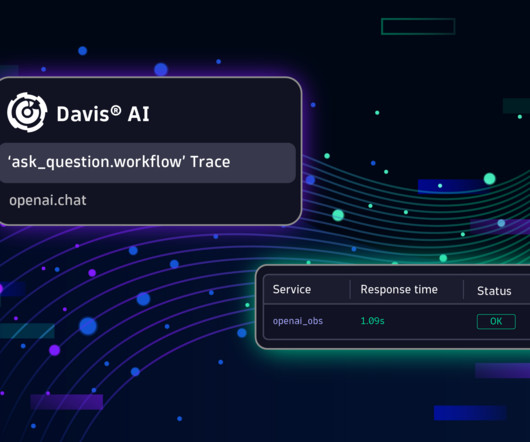

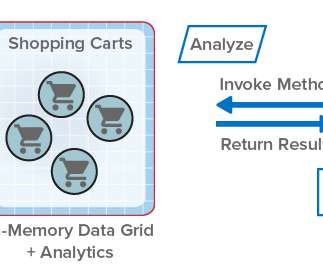
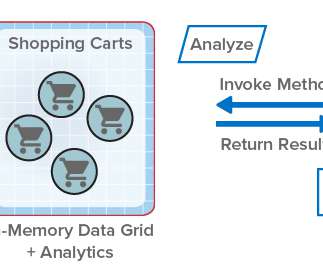

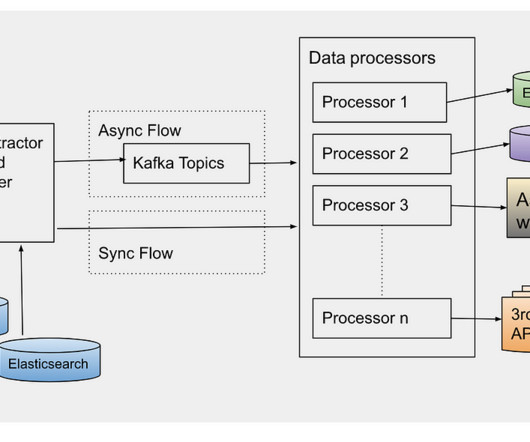
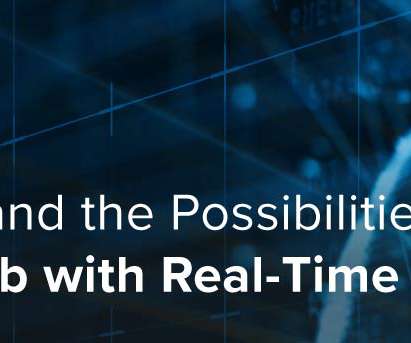
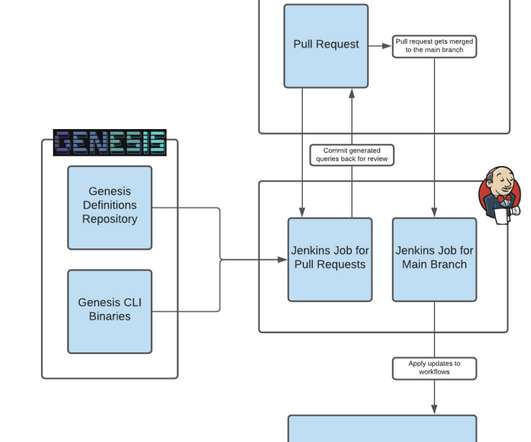











Let's personalize your content